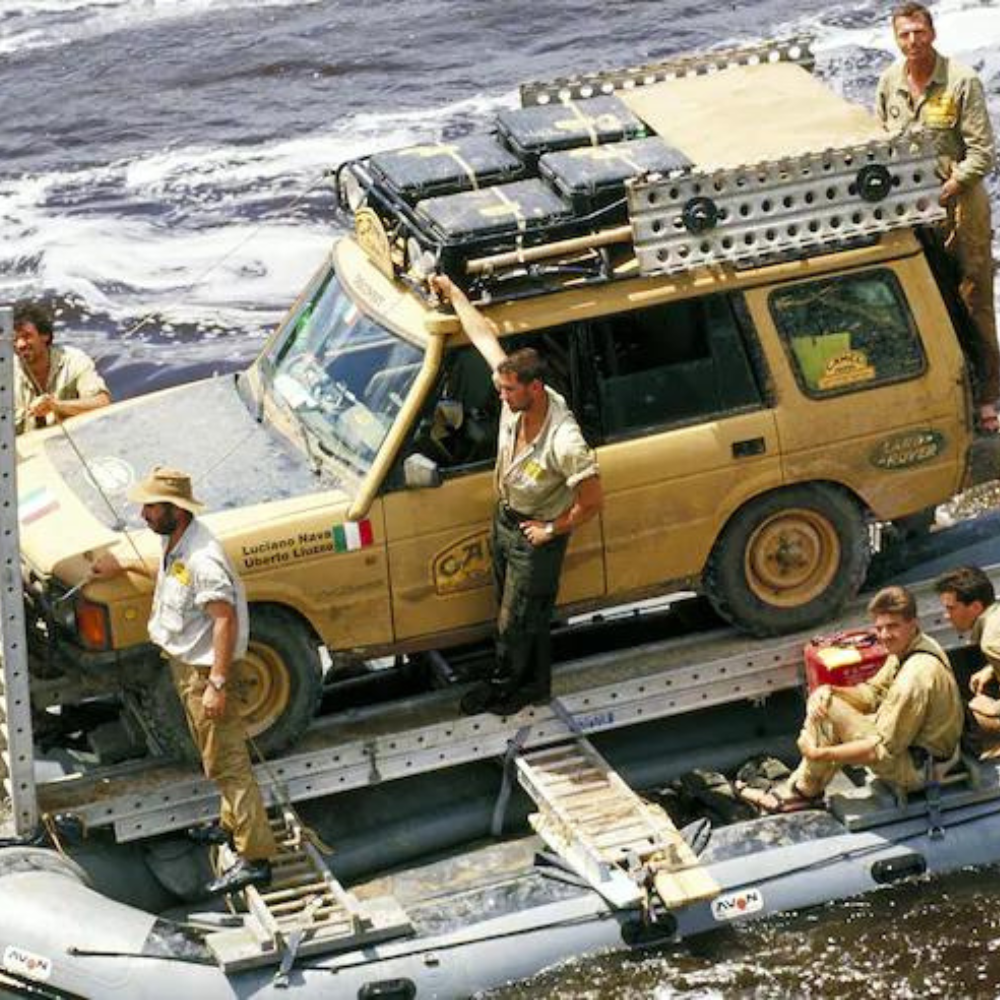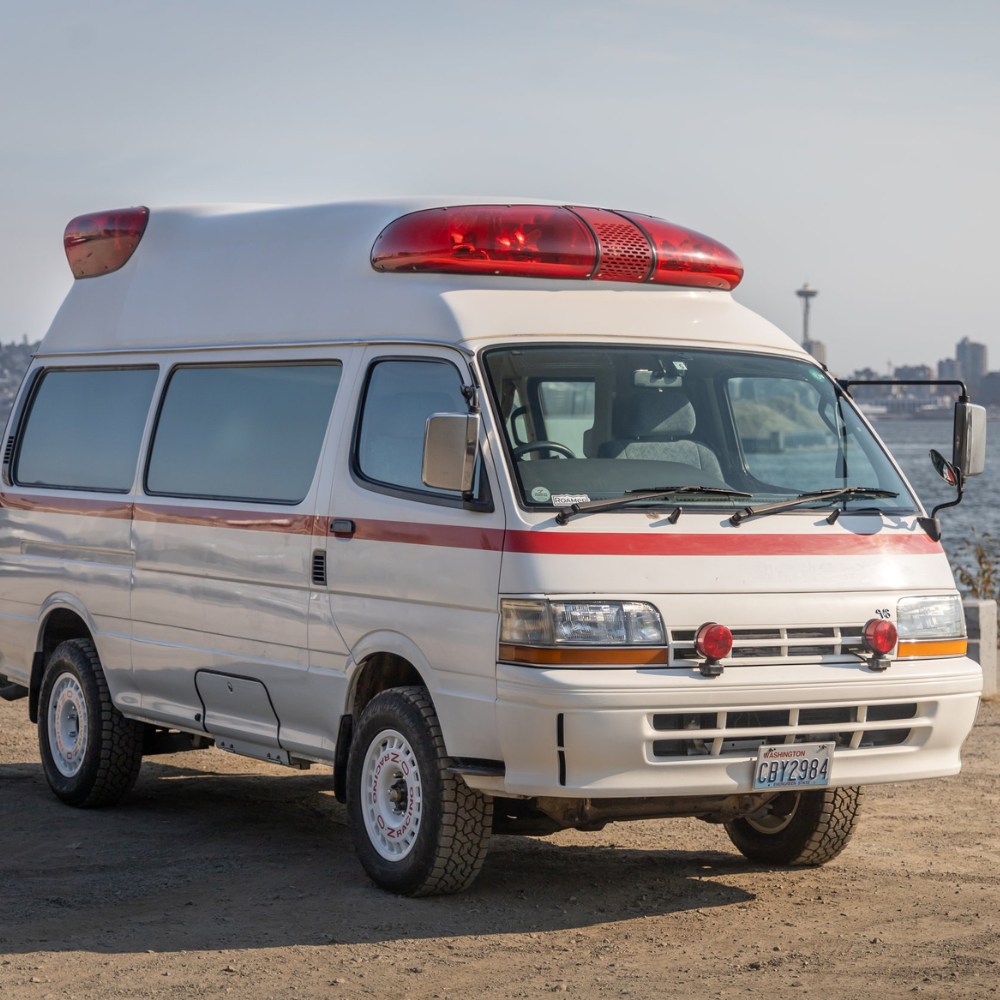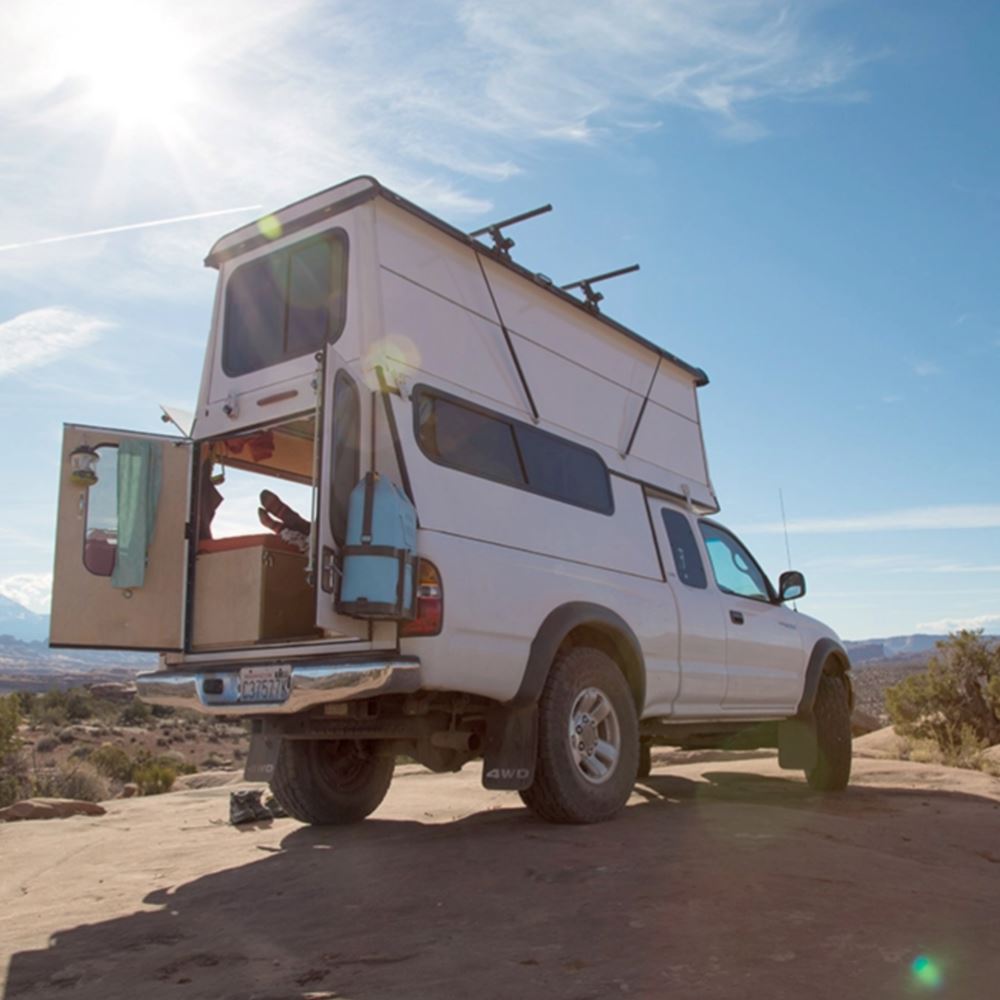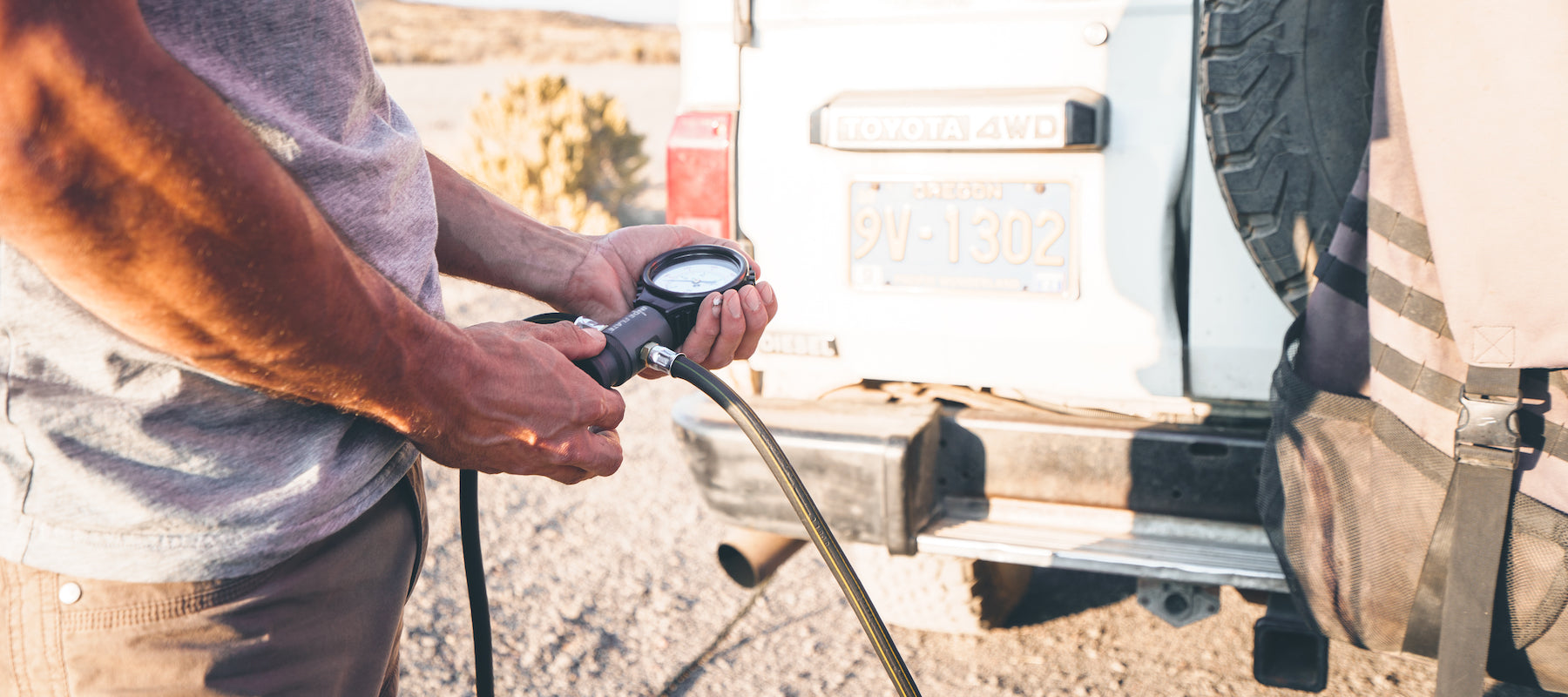The Genesis: The Trans-Amazonian Highway, 1980
In the corridors of the West German office of the RJ Reynolds Tobacco Company, a daring idea was born. The Camel Trophy, named after the parent company's Camel cigarettes, was conceived as a German-only contest for a twelve-day off-road adventure navigating the Trans-Amazonian highway. Six lucky participants were chosen, and although the Ford U50s (Jeep CJ5s built under license) failed to complete the 1,000-mile trial, the event was a hit. Land Rover saw the potential and stepped in the following year, supplying a fleet of purpose-built Range Rovers. This marked the beginning of a legendary partnership that would redefine off-road adventure.

The Machines: From Ford U50s to Land Rover Legends
The inaugural Camel Trophy in 1980 featured Ford U50s, essentially Jeep CJ5s built under Ford's license. However, it was Land Rover's entry in 1981 that truly set the standard for the event's vehicles. From the iconic Range Rover Classic to the rugged Land Rover Defender, these British machines became synonymous with the Camel Trophy. Equipped with winches, snorkels, and reinforced suspensions, these vehicles were built to conquer the harshest terrains on Earth.

The Golden Era: Global Expansion, 1981 Onwards
With Land Rover's involvement, the Camel Trophy opened its doors to adventurers from around the globe. For nearly two decades, Land Rovers and Range Rovers tackled the world's most unforgiving terrains, from Sumatra and Zaire to Australia and Siberia. The event was not just about reaching the finish line; "Special Tasks" like winching, river fording, and orienteering added layers of complexity and competition. This era was a golden period where the Camel Trophy became synonymous with extreme off-road challenges, capturing the imagination of adventurers worldwide.

The Terrain: A Global Off-Road Odyssey
The Camel Trophy was a tour de force of the world's most challenging terrains. From the muddy tracks of the Amazon to the rocky trails of Madagascar, each event was a unique adventure. The 1982 event in Papua New Guinea featured swamps and river crossings that tested the limits of both man and machine. In 1988, the event took participants through the dense jungles of Sulawesi, Indonesia, where even the most experienced off-roaders found their skills pushed to the brink. Each year presented a new set of challenges, making the Camel Trophy the ultimate test of off-road prowess.

The Olympics of 4x4: Mid-1990s
By the mid-1990s, the Camel Trophy had earned its nickname as the "Olympics of 4x4." Over a million applicants worldwide threw their hats into the ring, undergoing rigorous local competitions to prove their mettle in 4x4 driving, physical activity, and mechanical knowledge. The event was a proving ground for amateurs, not professionals, adding to its allure. It was during this time that the event reached its zenith, with participants even having to perform tasks like swimming and mountain biking, making it a multi-disciplinary challenge.

The Humanitarian Angle: More Than Just a Race
Beyond the grueling physical and mechanical challenges, the Camel Trophy also had a humanitarian aspect. Accompanying geologists, ecologists, and other specialists performed surveys and collected samples. Bridges were constructed, medical supplies were delivered to remote villages, and research stations were built. This added a layer of purpose to the adventure, making it not just a race but a mission for the greater good.

The Twilight: Shift in Focus, Late 1990s
As the "Special Events" gained traction, the Camel Trophy began to drift away from its core adventure-driving ethos. The 1998 event in Tierra del Fuego incorporated winter sports, and the use of the then-new Land Rover Freelander diluted some of the event's romanticism. After a boat-only event in 2000, Land Rover withdrew its support, marking the end of an era. This period signaled the decline of what had been a monumental adventure series, as the focus shifted from driving skills to more generalized outdoor activities.

The Legacy: G4 Challenge, 2000s
Although the Camel Trophy came to an end, its spirit lived on in the G4 Challenge, which ran until 2008. While it never quite captured the raw adventure of the Camel Trophy, it served as a testament to the enduring appeal of off-road challenges. The G4 Challenge aimed to carry the torch, but it was clear that the Camel Trophy had left shoes too big to fill.

The Verdict: An Unforgettable Journey
The Camel Trophy was more than a competition; it was a celebration of the human spirit, a test of physical and mechanical prowess, and a tribute to the indomitable allure of the unknown. For nearly two decades, it captured the imagination of adventurers and off-road enthusiasts, leaving an indelible mark on the world of 4x4. It was a journey that transcended borders and broke barriers, forever etched in the annals of off-road history.




